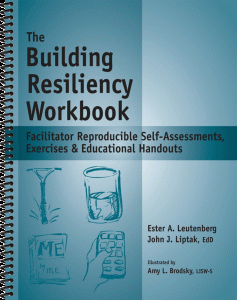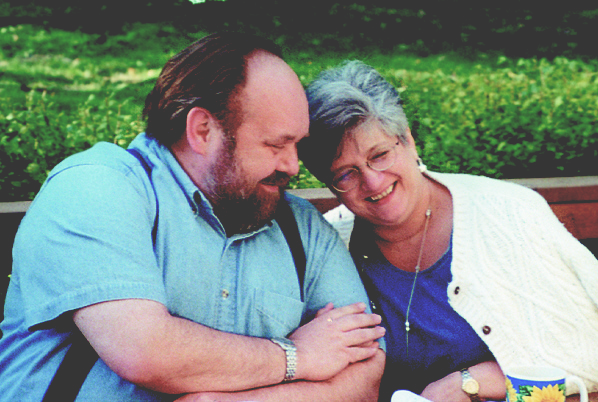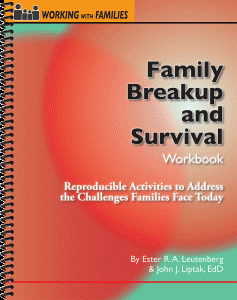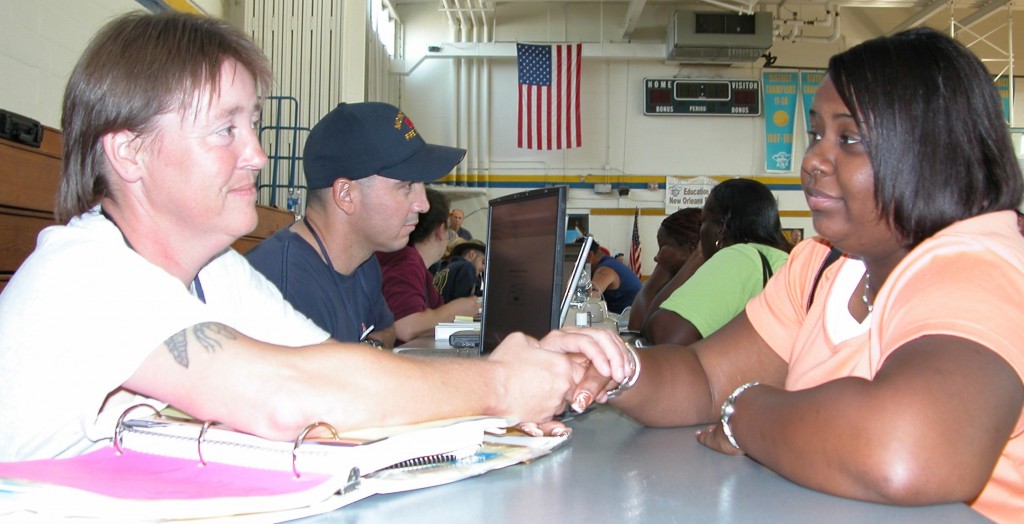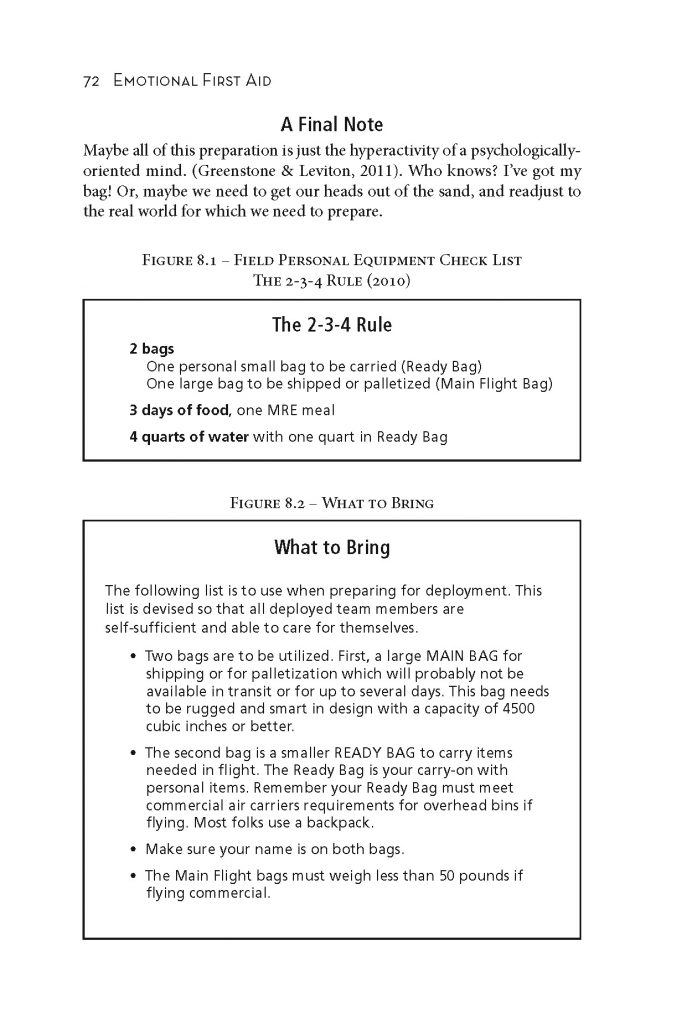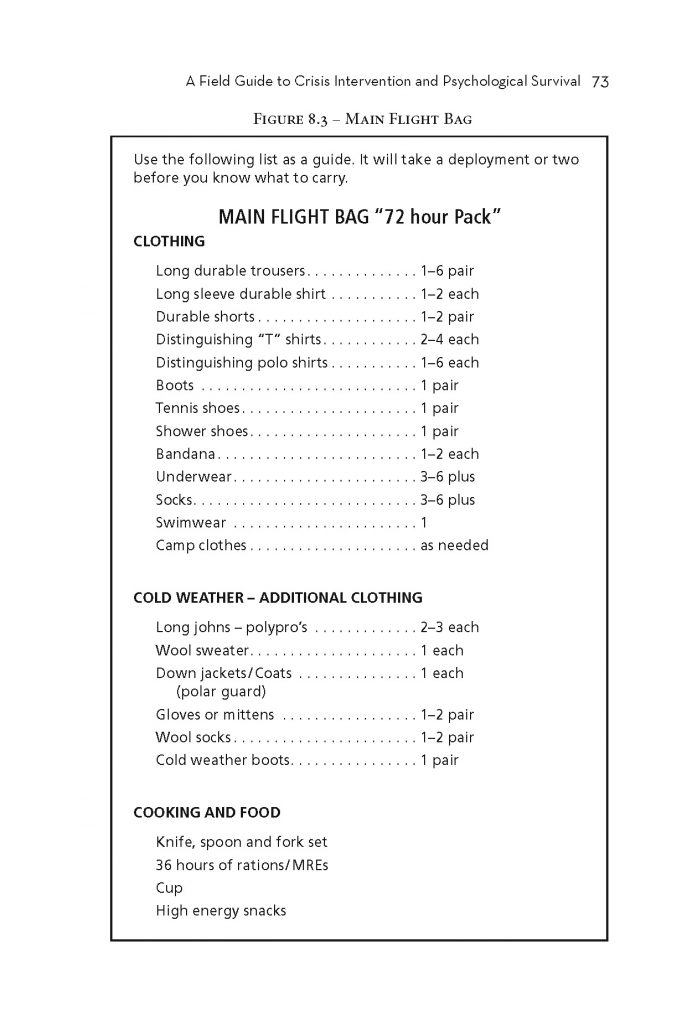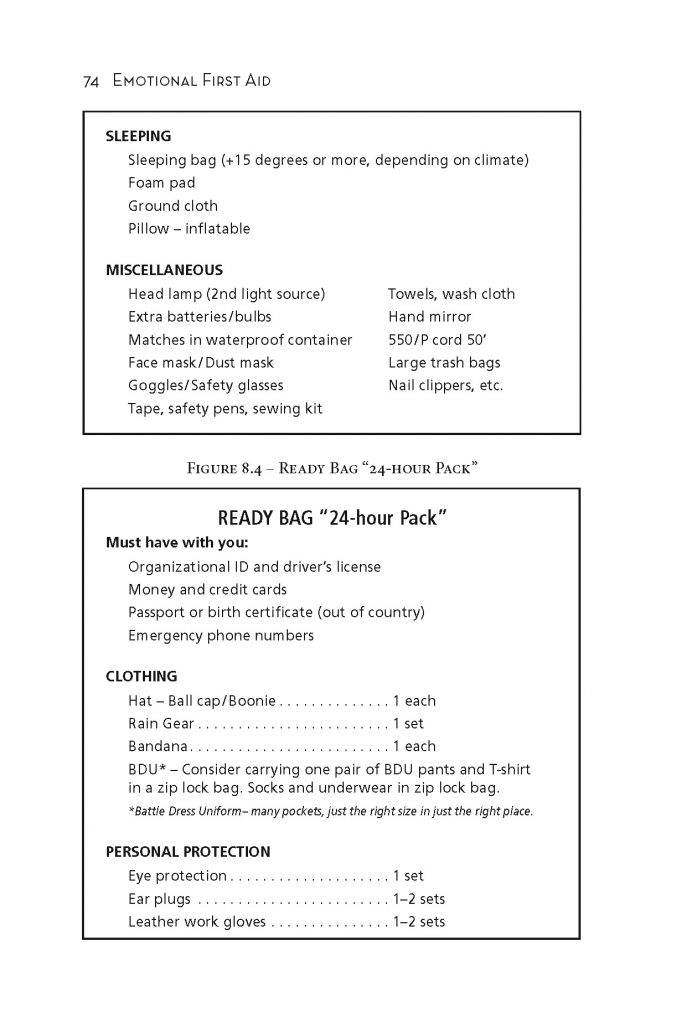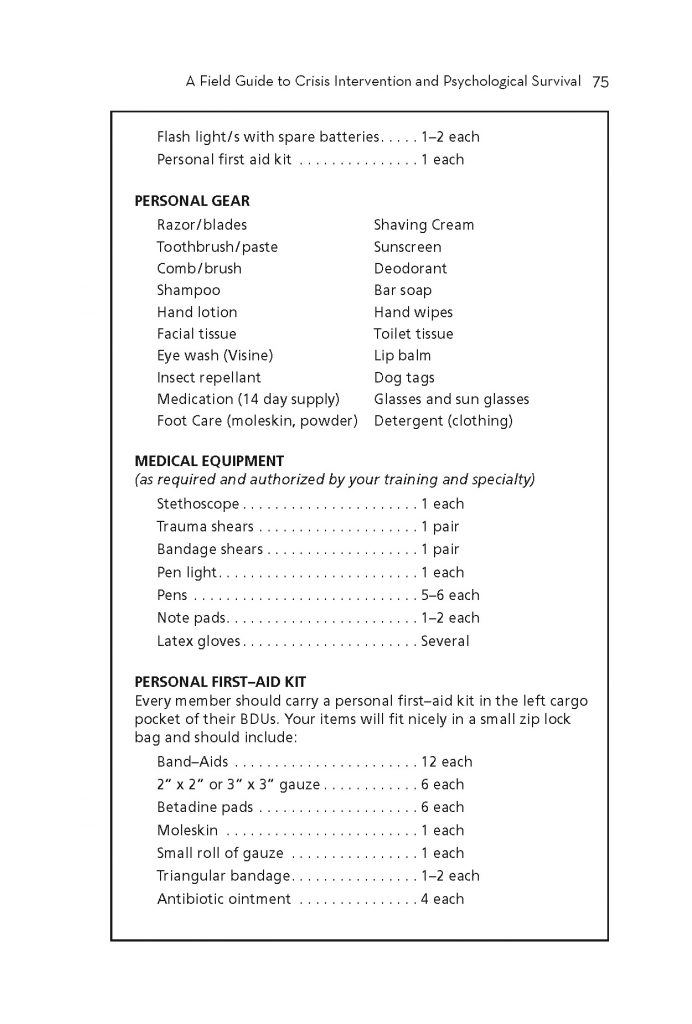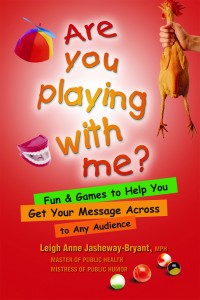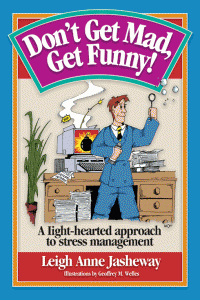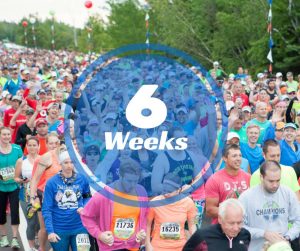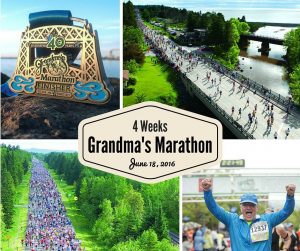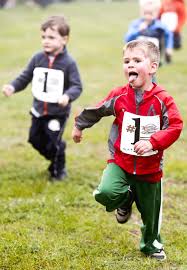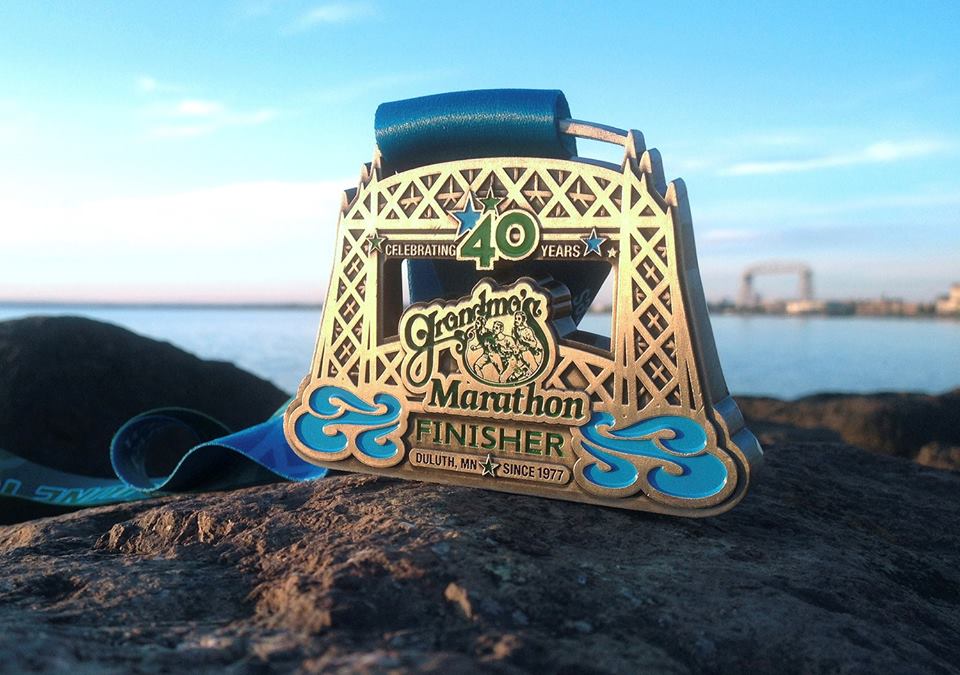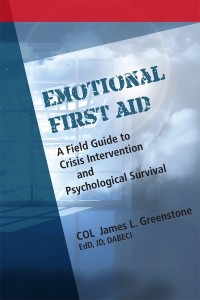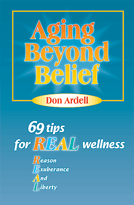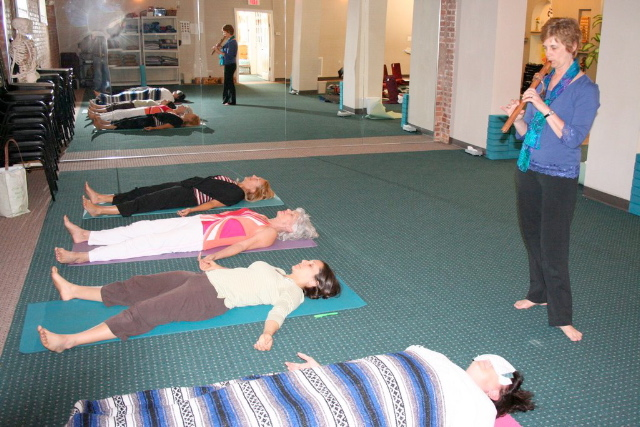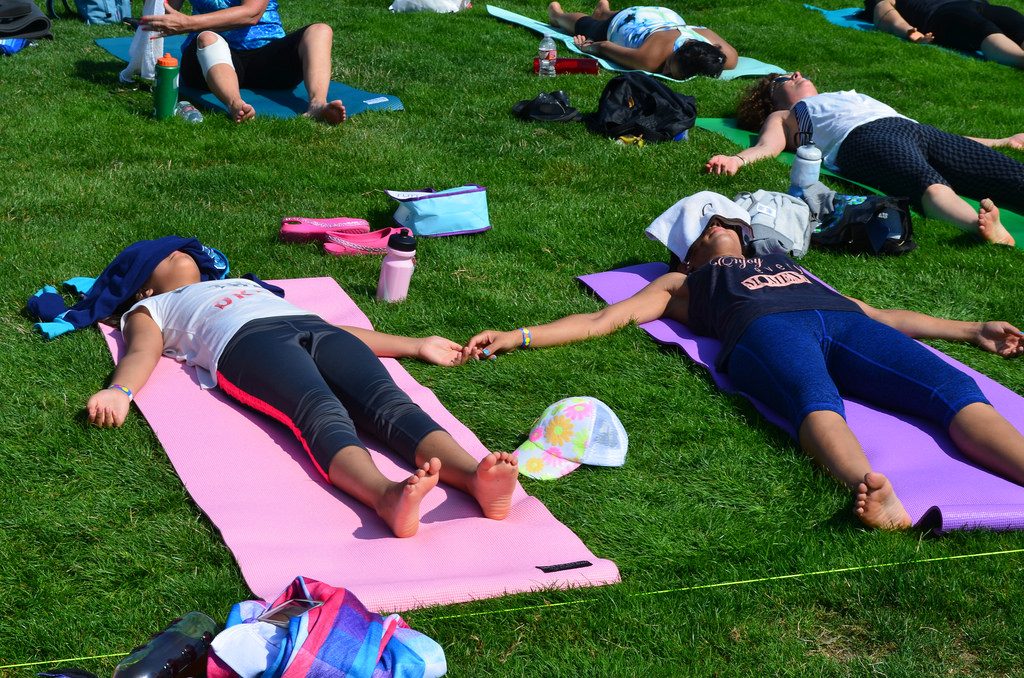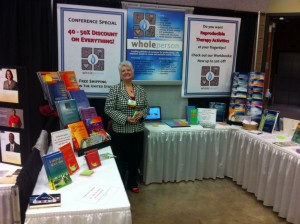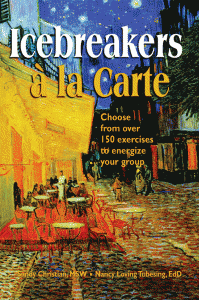Relaxation Tips for the Beginning of the Holidays
As we begin the busy months of November and December we often find ourselves a bundle of irritable nerves, snapping at friends and family and wondering how we will ever get everything ready in time. There are 29 different holidays stemming from different holidays during this time. Wish folks a happy holiday and when you are feeling particularly stretched take a moment or two to relax and catch your breath with these helpful relaxation tips and suggestions.
Mini-relaxations from Harvard Health Publications
Healthbeat from Harvard Health Publications suggest these activities that take only seconds.
Mini-relaxations are stress busters you can reach for any time. These techniques can ease your fear at the dentist’s office, thwart stress before an important meeting, calm you when stuck in traffic, or help you keep your cool when faced with people or situations that irritate you. Whether you have one minute or three, these exercises work.
When you’ve got one minute
Place your hand just beneath your navel so you can feel the gentle rise and fall of your belly as you breathe. Breathe in. Pause for a count of three. Breathe out. Pause for a count of three. Continue to breathe deeply for one minute, pausing for a count of three after each inhalation and exhalation.
Or alternatively, while sitting comfortably, take a few slow deep breaths and quietly repeat to yourself “I am” as you breathe in and “at peace” as you breathe out. Repeat slowly two or three times. Then feel your entire body relax into the support of your chair.
When you’ve got two minutes
Count down slowly from 10 to 0. With each number, take one complete breath, inhaling and exhaling. For example, breathe in deeply, saying “10” to yourself. Breathe out slowly. On your next breath, say “nine”, and so on. If you feel lightheaded, count down more slowly to space your breaths further apart. When you reach zero, you should feel more relaxed. If not, go through the exercise again.
When you’ve got three minutes
While sitting, take a break from whatever you’re doing and check your body for tension. Relax your facial muscles and allow your jaw to open slightly. Let your shoulders drop. Let your arms fall to your sides. Allow your hands to loosen so there are spaces between your fingers. Uncross your legs or ankles. Feel your thighs sink into your chair, letting your legs fall comfortably apart. Feel your shins and calves become heavier and your feet grow roots into the floor. Now breathe in slowly and breathe out slowly.
Retrieved November 3, 2016 from http://www.health.harvard.edu/healthbeat/mini-relaxation-exercises-a-quick-fix-in-stressful-moments.
Relaxation Tips from WebMD
Here are some relaxation tips and suggestions from WebMD:
1. Meditate
2. Breathe Deeply
3. Be Present, Slow down.
4. Reach Out
5. Tune In to Your Body
6. Decompress
7. Laugh Out Loud
8. Crank Up the Tunes
9. Get Moving
10. Be Grateful
Click on the WebMD site below to read the details of how to make these suggestions work for you: http://www.webmd.com/balance/guide/blissing-out-10-relaxation-techniques-reduce-stress-spot. Retrieved on November 3, 2016.
A relaxation script from Julie Lusk
Here is a great relaxation script from our own Julie Lusk (see her books here) and Judy Fulop entitled “Sun Meditation for Healing”. It only takes ten minutes. Do this after you have tried the relaxation suggestions above. If you are alone simply read it to yourself or out loud, whichever is more comfortable for you. Pause when instructed to do so. You or your participants will experience the healing power and energy of the sun as you imagine its warming and relaxing power.
Script
Please close your eyes (obviously you can’t do this step if you are ready to yourself) and take some time to go within yourself to settle your body, mind, and heart. Feel free to use whatever method works best for you. For example, it may be focusing on your breath, meditating, stretching your body mindfully, or using a sound, word, image, or a phrase as a mantra to become centered…Take your time…allowing yourself to become more and more at ease with yourself.
Pause
Allow yourself to become as relaxed and comfortable as you can . . . let your body feel supported by the ground beneath you.
Slowly begin to see or feel yourself lying in a grassy meadow with the sun shining it’s golden rays gently upon you…Let yourself soak in these warm rays …taking in the healing power and life giving energy of the sunshine.
This magnificent ball of light has been a sustaining source of energy for millions of years and will be an energy source for millions of years to come…This ancient sun is the same sun which shined down upon the dinosaurs…upon the Egyptians while they built the pyramids…and it now shines upon the earth and all the other planets in our solar system and will continue to do so forever.
As the sun’s rays gently touch your skin, allow yourself to feel the warmth and energy flow slowly through your body…pulsing through your bones…sending healing light to your organs…flowing to your tissues…recharging every system…and now settling into your innermost being…your heart center.
Sense your heart center glowing with this radiant energy. If you wish, give it a color…Take a few moments to allow this warm and healing energy to reach your innermost being…physically…emotionally…mentally…and spiritually.
Pause for 30 seconds
As this healing energy grows and expands, allow yourself to see, feel, and sense this energy surrounding your being…growing and growing…Allow this energy to further fill this room…this building…out into the worlds…and finally throughout the universe…reaching and touching and blessing all.
Pause for 30 seconds
You may share this healing energy and power with anyone you’re aware of right now…Mentally ask them if they are willing to receive this healing energy…If they are…send this source of healing energy to them…giving them the time they need to take in this energy and make it theirs in their own heart center.
Pause for 30 seconds
Now take your attention back to your own heart center…Find a safe place within you to keep this healing and powerful energy…a place to keep it protected and within your reach…Give yourself permission to get in touch with this energy whenever you wish.
With the warmth of this energy in your being, begin stretching, wiggling, and moving…Slowly open your eyes, feeling alive, refreshed, keenly alert, and completely healthy.
Repeat the above instructions until everyone is alert.
A caveat about relaxation tools: relaxation is a muscle skill just like shooting a basket or playing the piano. Expect that it will take some practice to learn to efficiently relax your body. Eventually you should be able to think of the beginning of a script and your body will relax by itself. Practice, practice, practice.





